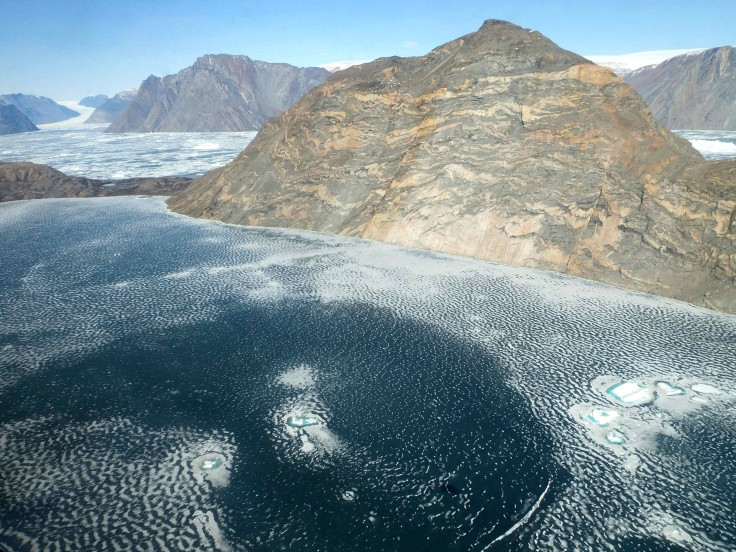Greenland ice sheet melt, warming seas, land ice shift accelerate sea level rise; Australian and international researchers panic

Australian and international researchers have found that the rate at which global sea levels have risen in a little over two decades has increased by 50 percent. Researchers involved in the study used refined satellite estimates to come to this shocking discovery.
Published in Nature Climate Change, the study shows how global sea levels rose from 2.2 millimetres each year in 1993 to 3.3 millimetres each year in 2014. The dramatic increase has been attributed to the melting Greenland ice sheet. The researchers are from CSIRO Australia, Qingdao National Laboratory for Marine Science and Technology and Universities of NSW, Arizona and Tasmania. The researchers tried to understand why such accelerated sea level rise has not been represented accurately in data from altimeters.
Senior scientist of CSIRO oceans and atmosphere and co-author of the study, Xuebin Zhang, the cause is still unknown as to why the pace of melting has increased. This is because ice sheets are complex and dynamic. Gradual discharge of ice into the ocean and surface melting could be the reasons, based on estimates of the melting of the Greenland Ice Sheet. These processes cause a shift of mass from the Greenland ice sheet to the ocean. Whenever there is a mass shift from land to sea, levels are bound to rise.
Other factors also considered in comparing satellite data between 1993 and 2014 were changes to amount of water stored on land, melting of land ice, thermal expansion and other environmental factors. The Greenland ice sheet data produced alarming figures. While in 1993, the ice sheet contributed to only five percent to sea level rise, by 2014, it was contributing 25 percent. Dr. Zhang highlighted the importance of mitigating climate change effects and also committing to coastal adaptation plans to reduce impacts of sea level rise.
“At this stage I can't say if it will continue at this rate or speed up. The other potential is [in relation to] global warming and green house gas emissions ... if we don't do anything to manage this calamity … the contribution from the Greenland Ice Sheet and the West Antarctic will continue to increase,” Dr. Zhang told The Sydney Morning Herald.
In 1900, the rate of sea level increase was only about 1.6-1.7 millimetres per year. Now it’s about three millimetres per year. By the end of this century, this rate will go up to around five to eight millimetres per year. However, over 25 years, land ice has not been the largest contributor of one millimetre per year rise. It is actually thermal expansion, where ocean warming expands the ocean.





















